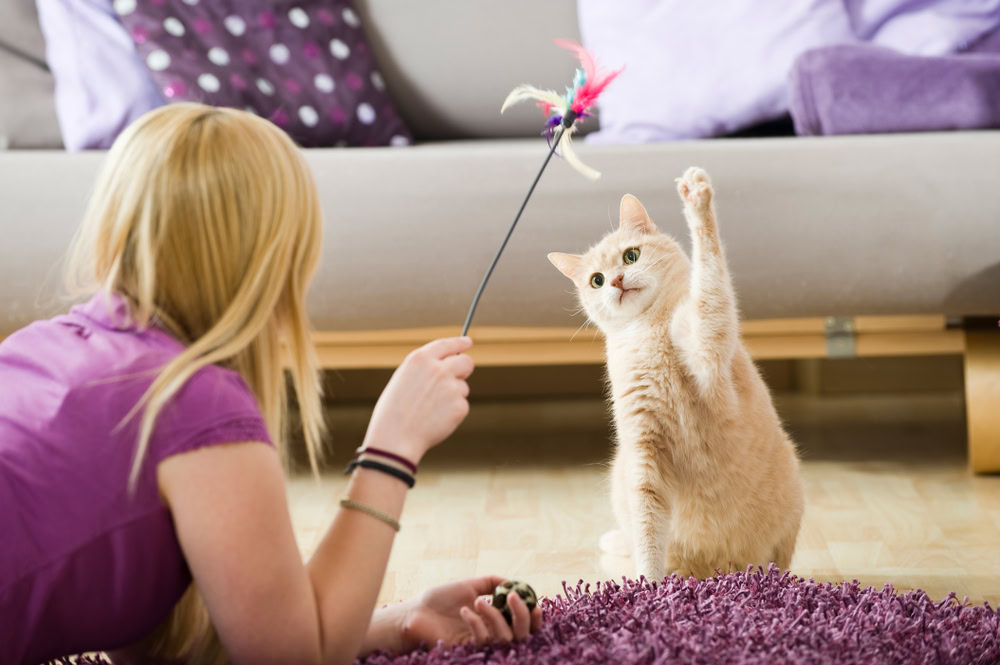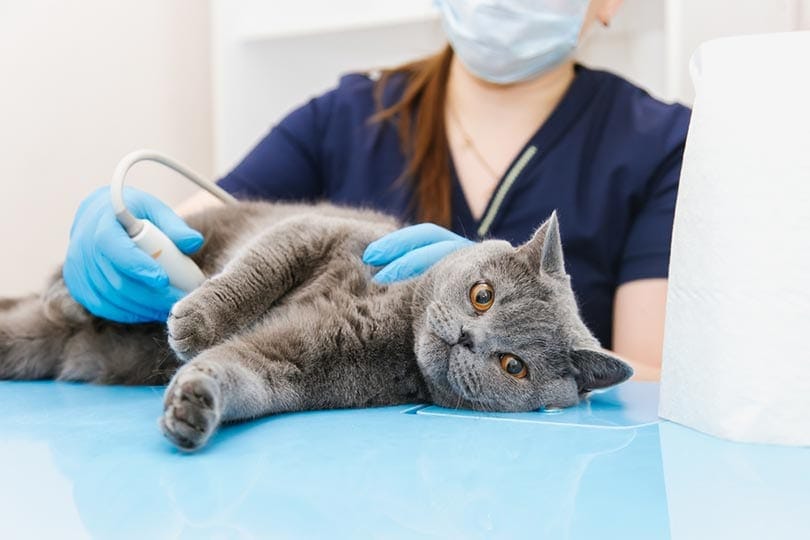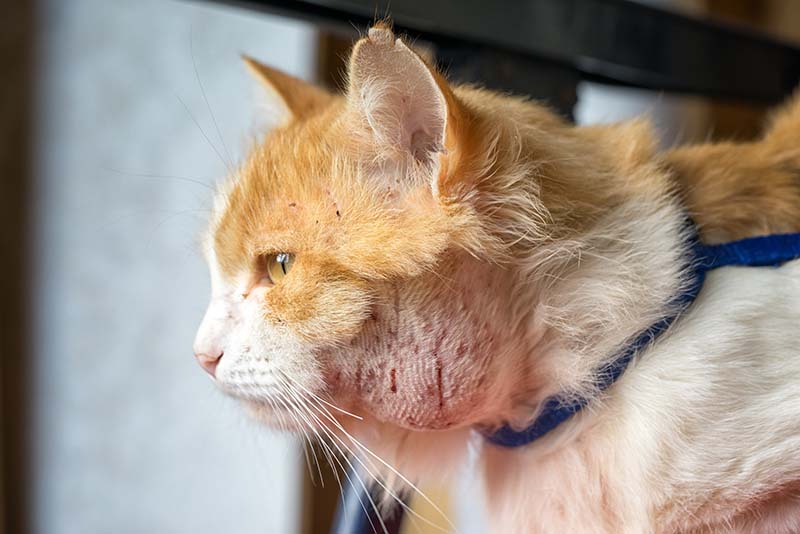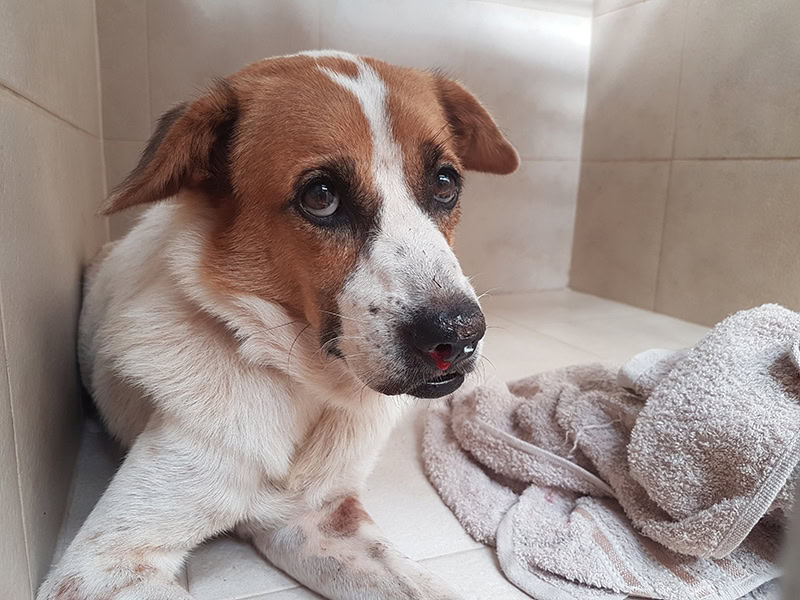VET APPROVED

The information is current and up-to-date in accordance with the latest veterinarian research.
Learn more »Simply hearing the word “cat” may conjure up a mental image of a soft, fluffy feline lazily napping the day away in its favorite sun-filled spot. Despite this, the American Animal Hospital Association (AAHA) has labeled the chance for play, predatory behavior, and positive interactions with humans as some of the underlying pillars for a healthy environment for cats.1 It goes without saying that while play may vary from individual to individual, most cats have at least some drive or need for it and this can help them live a balanced, healthy life.
Read on to discover seven reasons why play is so beneficial for cats!

The 7 Reasons Why Play Is Important for Your Cat
1. The Animal-Human Bond
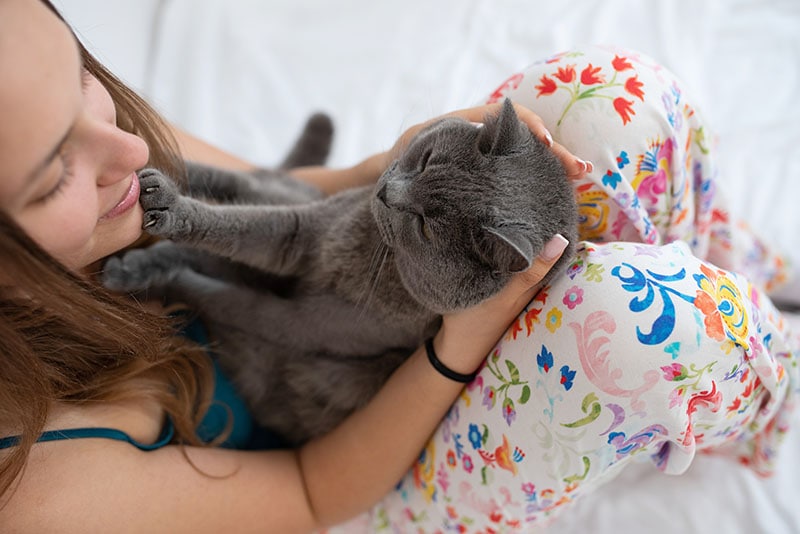
Our society often reinforces the stigma that cats are aloof and anti-social. While this may be true for some, for many, there’s also a closeness that forms between a cat and its consistent caregiver(s). One study with cat play showed that cats preferred playing with a toy that was controlled by people versus having a toy that was controlled remotely without people around.2
While each person and their cat can have their own way that they interact together, such as playing with interactive toys or simply cuddling together, these bonding behaviors can prove to be beneficial for our feline friends as well as enriching our own lives, too!
2. Social Interaction with Other Cats
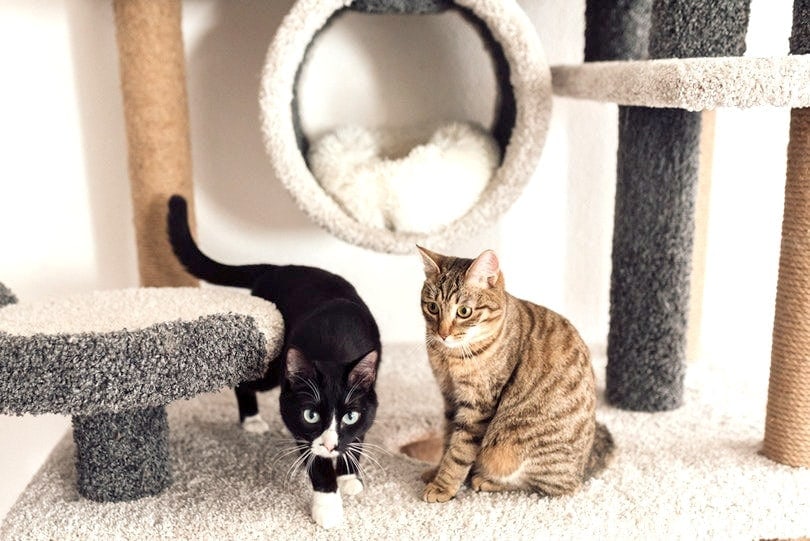
For cats, play typically starts at around 2 to 3 weeks old with littermates and then peaks at around 9 to 14 weeks. Starting around 14 to 16 weeks of age, this behavior goes downhill significantly before leveling off. Each cat’s personality as well as their genetics and socialization experience will influence how they participate in social play as they grow older. Common social interactions with other cats might include playfully chasing each other or grooming each other.
3. Mental or Cognitive Stimulation
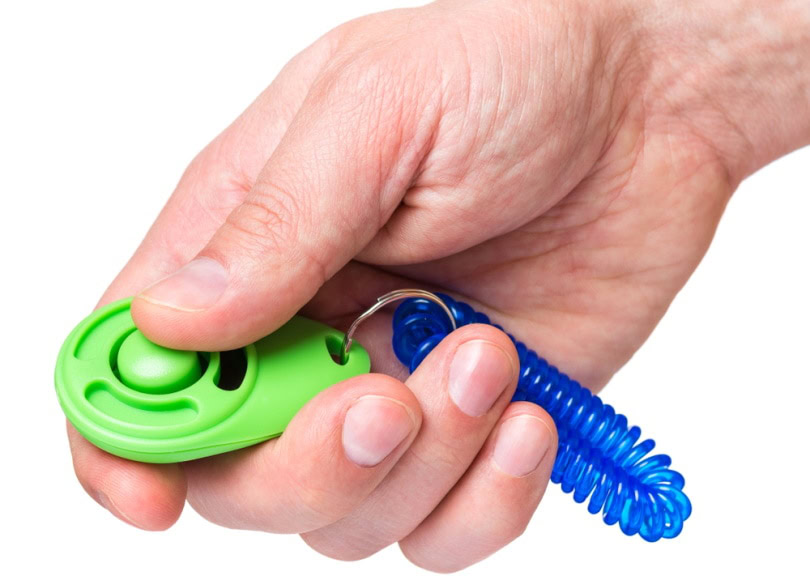
Play is important for mental stimulation in cats. They have an innate need to explore, gather information, and be alert, which may in turn encourage and stimulate more positive emotions. Periods will exist where cats want to be alert and keep their minds busy. Options for mental play we could encourage with our feline friends include clicker training sessions, or presenting a food/treat puzzle toy that can challenge and reward your cat while getting them thinking at the same time.
4. Exercise
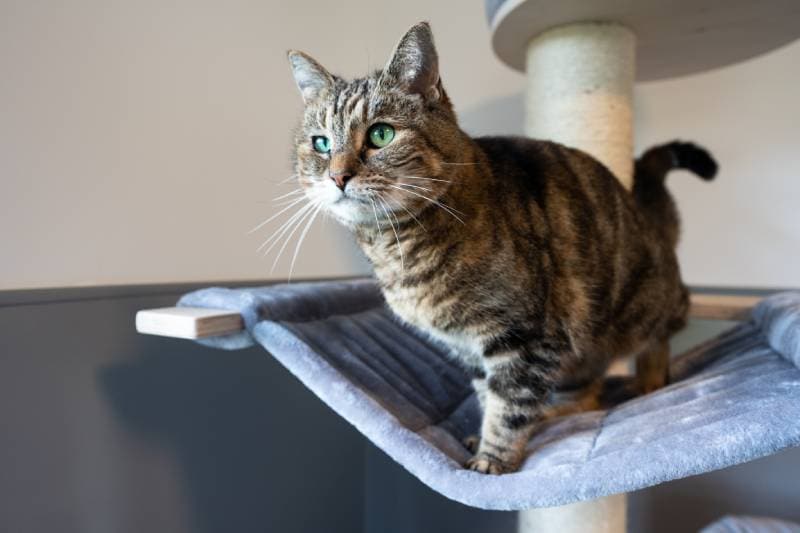
Exercise in cats is achieved in the form of play. Such natural exercise plays a key role in helping with weight management. This is especially true in the case of the indoor-only cat as their “playground” options are more limited in variability and space. Continuing to be physically active can help cats work their bones, joints, and muscles as well as help prevent arthritis or other mobility issues. In addition, it can help decrease aggression as well as increase endorphin (the “feel good” hormones) release in the body.
Common playtime exercises that could be encouraged include running up and down the stairs with the “zoomies”, jumping and climbing on a tree or (cat) furniture, or roaming and exploring outside.
5. Instincts
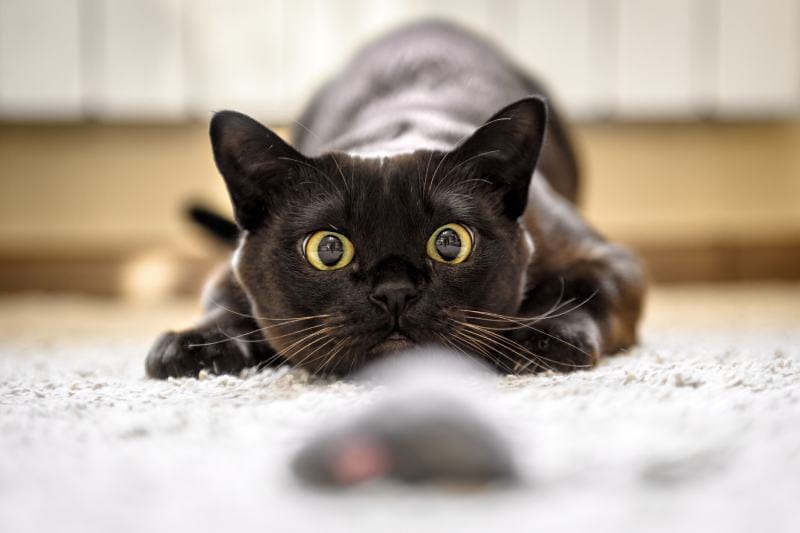
Cats have a natural instinct that causes them to want to build their experience regarding their predator/prey interactions that begins around 6 weeks old. As they continue to age, this predatory drive then becomes a more prominent portion of their play. This instinct will motivate them to develop hunting practices and skill-building that may include locating and actually hunting prey, but may also inspire more simple or isolated acts such as watching, stalking, chasing, or pouncing.
Regarding cat toys, it has also been found that the more the toy resembles actual prey, the more likely it is that a cat will be fascinated by it. And even more interesting, it has also been found that kittens aren’t as interested in playing with toys that don’t move around after they hit about 21 weeks old. So, make sure you integrate some realistic, moving prey toys into your cat’s toy repertoire!
Looking for toys that cater to the many needs of your cat? The Hepper Hi-lo Cat Scratcher is one of our favorite cat products. Its clever three-angle design offers multiple ways for your cat to climb, stretch, and exercise. Made of a sturdy plywood base and a replacement cardboard insert, this scratcher is an option that can be enjoyed by cats for years to come. If your cat requires a little encouragement for self-play, the Hepper Catnip Mice Toy Set is a fantastic choice. Made with natural, bite-resistant hessian fabric and filled with organic catnip. Cats can satisfy their natural prey instincts while getting the physical activity they need to thrive.
| Image | Product | Details | |
|---|---|---|---|
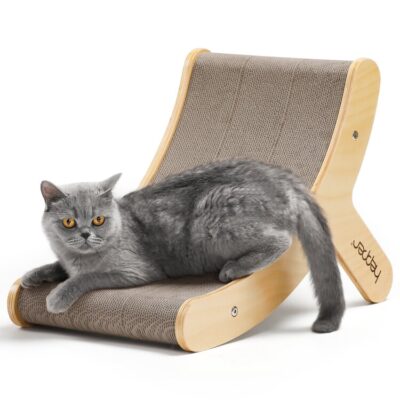 |
Hepper Hi-Lo Cat Scratcher |
|
Check Price |
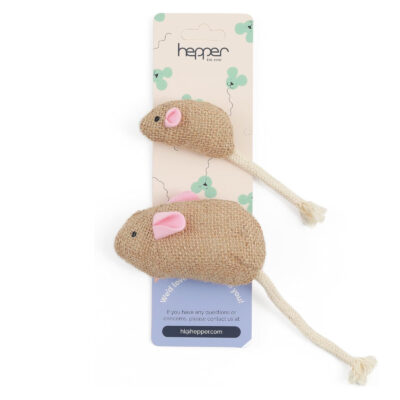 |
Hepper Catnip Mice Toy Set |
|
Check Price |
At PangoVet, we've admired Hepper for many years, and decided to take a controlling ownership interest so that we could benefit from the outstanding designs of this cool cat company!
6. Stress Reduction
Cats are a fairly intuitive and sensitive species—they are often able to pick up on nuanced changes in the household or even on the emotional states of their owners. While we may be aware of obvious changes in routine that can be hard on a cat, we may be unaware of or not understand other, less visible stressors, such as feeding them later than normal or a new outdoor cat coming around your home.
In these cases when cats are experiencing stress, play can be a positive, comforting outlet for this hard emotion and improve their emotional welfare. It can be helpful for cats to focus on something else to help ground and calm them down like jumping inside a box to relax or focusing on a moving laser pointer.
7. Combating Boredom
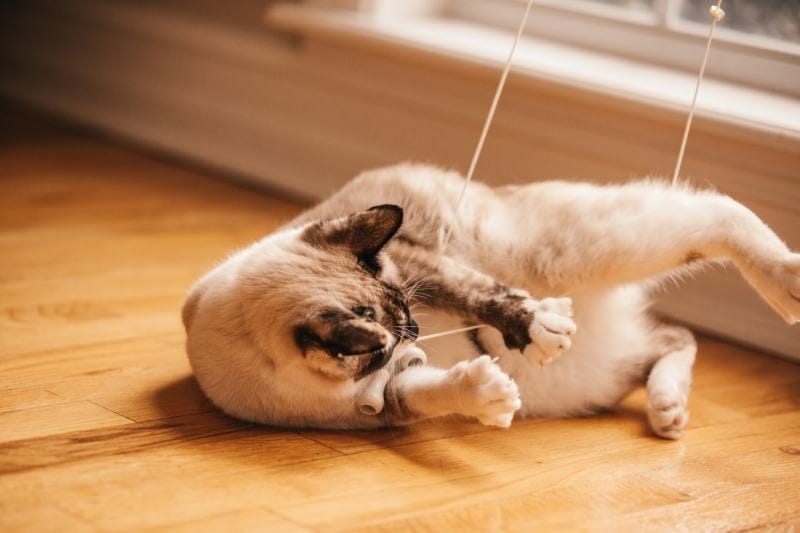
While cats sleep for much of the day, they do of course have periods of wakefulness and activity, too! Having some exciting boredom busters can help them shake up their more rigid routine. This also can mean rotating their favorite toys, so they don’t get bored with the same types of interactions. In the event that a cat doesn’t have enough play opportunities, negative emotions such as boredom may occur. This can then, along with stress, also develop into illness and/or unwanted negative behaviors.
Therefore, channeling normal opportunities for proper play behaviors in your cat can help save your curtains, your couch, and your sanity!

Noticing Changes in Play
It is important to take note of any consistent or significant changes that occur in a cat’s play routine while also keeping in mind that cats can have changes as they progress across various stages of life (such as going from a kitten to a mature adult). A sharp, sudden change in play behaviors could be a sign of illness or other health problems.
For example, if a cat normally loves to jump up high onto furniture and no longer does, mobility or arthritic changes may be of concern. If you are noticing a big shift in your cat’s play behaviors, a chat with a veterinarian might be a good next step to consider.

Conclusion
Play is an enriching, natural way of helping a cat stay healthy—mentally, physically, and otherwise. Among many reasons, it enables cats to form social connections, while simultaneously using their mind and body to help fulfill their instinct as a predator. Because play is so integral to cats’ well-being, as their caregivers, we should look for every opportunity to expand on and explore this important aspect of their lives.
Featured Image Credit: Dora Zett, Shutterstock
